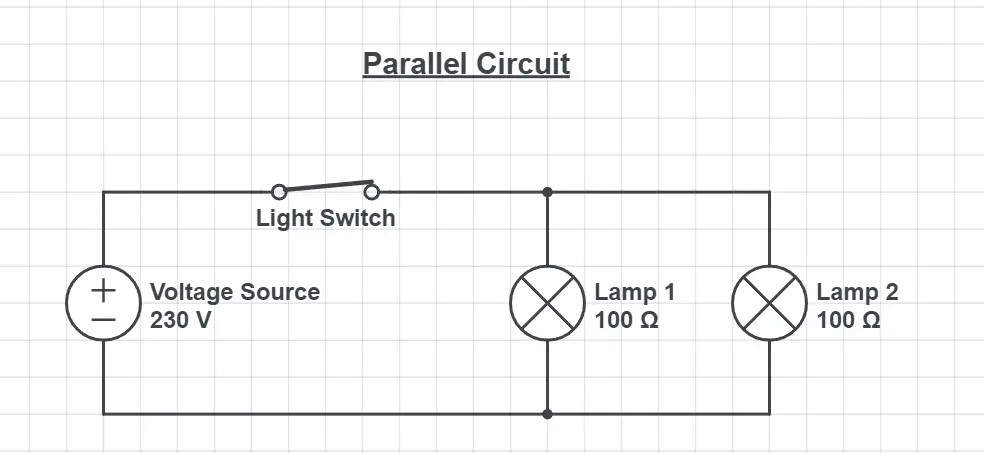10 Facts About Compact Fluorescent Light Bulbs
The Compact Fluorescent bulb (or CFL) is a compacted bulb version of the fluorescent tubular lamp. This gives them very similar properties to the tubes they were originally based from but also gives them the advantage of fitting into more standardized lamp sockets.
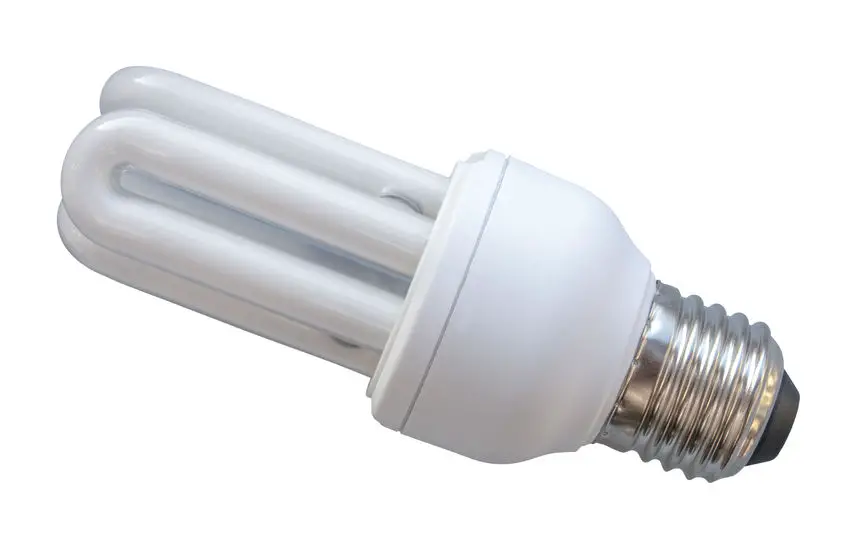
Contents
1. Lifetime
The lifetime of a CFL is around 10 000 to 15 000 hours. This is quite a bit longer than other bulbs such as the incandescent bulb which only lasts for about 1000 hours. However, it is much shorter than the 50 000+ hours that an LED lasts for.
The reason for its lifetime not being longer than 15 000 hours has to do with an electronic component in the base of the bulb called the “electrolytic capacitor”.

The reason why this component matters for the CFLs lifetime is because it is the thing that is most likely to stop functioning first in the entire construction, meaning that it creates a bottleneck for its lifetime.
This component becomes a bottleneck because it doesn’t run at its best when subject to a lot of heat which CFL bulbs generate simply by running.
The electrolytic capacitor has a baseline lifetime of 2000h at 105°C (220°F) while the CFL bulb will reach temperatures of around 80°C (~180°F) at regular usage.
Using these numbers the calculated lifetime of the capacitor comes out at around ~12 000h when you run it at the temperatures that the CFL usually reaches. This fits right into the estimated lifetime of around 10 000 to 15 000 hours.
For a better explanation on how to calculate the electrolytic capacitor’s lifetime in this application, go here and read under “Lifespan“ under the main headline “CFL”.
2. Colour Temperature
The colour temperature of a CFL ranges from around 2700-4000 Kelvin. Kelvin is a measurement of how visually warm or cold a light is and has nothing to do with its intensity.
Since the CFL has a Kelvin range of around 2700-4000K it means that it generally gives off a rather warm and soft light.
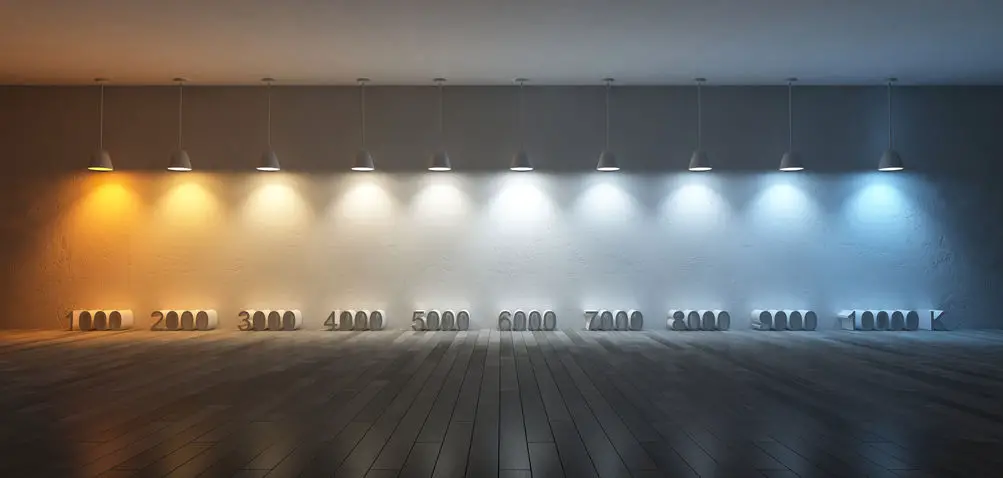
3. Energy Efficiency
The energy efficiency of a CFL is around 50-70 lumen/Watt. Lumen (lm) is a quantifiable measurement of how much light a lamp produces whereas watt is a measurement that describes how much energy it uses.
If we then take the light output (lm) and divide it by the amount of energy it uses (W) you end up with a number that accurately represents how energy efficient a light source is.
In comparison to other light sources, this number is somewhere in between of today’s more modern light sources such as LED and older models like incandescent or halogen.
4. Colour Rendering Index
Colour Rendering Index (CRI) is a way to measure how correctly a light source gives off colours in comparison to the sun. The CFL usually has a score between 70-90, depending on the individual bulb’s specifications and quality.
This is measured on a scale from 1-100 where 1 means it doesn’t portray any colours correctly at all and 100 means it reveals all colours perfectly natural. It is based on the sun because the sun is the most natural light we know of.

This essentially means that the higher CRI score the bulb has the more vibrant and natural the item portrayed will look, as can be seen in the image above.
5. Running Temperature
The running temperature of a CFL bulb is around 80°C (~180°F). This is because the principle it uses to produce light involves electrons getting excited and releasing energy in the form of light.
In comparison to an incandescent bulb, the running temperature of the CFL is rather low. The incandescent bulb runs at 2500 °C (4600 °F) inside of its filament.
This is however because the incandescent bulb uses heat as its source of light whereas it is only a byproduct of the CFL.
The more fair comparison in this regard is the LED. The LED runs at around 31°C (~82°F) which is far less than the CFL.
6. Fluorescent Powder
The reason the bulb is “fluorescent“ is that it contains a powder mix that glows after absorbing light or other energy. This by itself is the definition of the word fluorescent.
This powder is needed because of the principle the bulb uses to produce light. The radiation a CFL produces normally is wavelengths around 185-250 nm which are considered ultraviolet light.
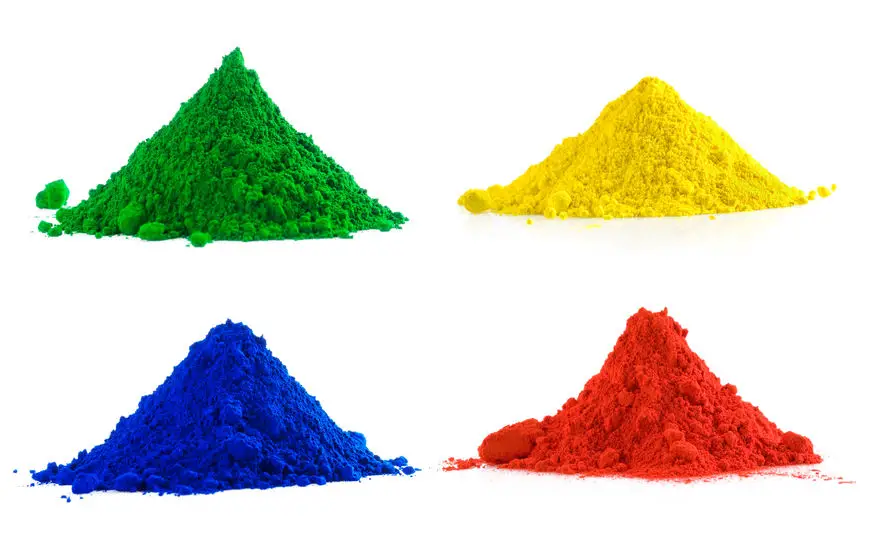
In order to turn the ultraviolet light into visible light (380-780 nm) we need to increase the wavelengths slightly. This is done by the light powder.
The light powder will absorb the UV rays and then output rays of wavelengths within the visible light spectrum.
This works because UV rays are more energetic than those of our visible light, meaning that losing some of that energy via the powder is the desired effect instead of what otherwise would be considered a negative effect.
7. Mercury
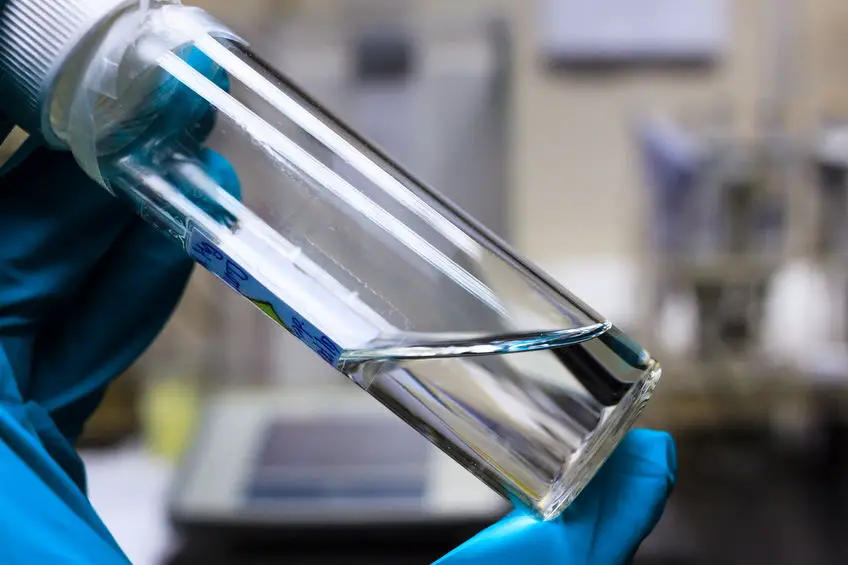
The CFL contains a small amount of mercury. This is because mercury is a necessary component to the way the CFL produces light.
The CFL contains about 4 milligrams of mercury per bulb. This is over 100 times less than that of an old-school thermometer and well over 100 times more than the mercury concentration in vaccines.
8. Electronic Ballast
The CFL contains an electronic ballast within the base of the bulb. The ballast is used to give the bulb a high start voltage that causes it to “ignite“ and also controls the current through the bulb.
If you wish to know more about the ballast inside a CFL we recommend that you go here.
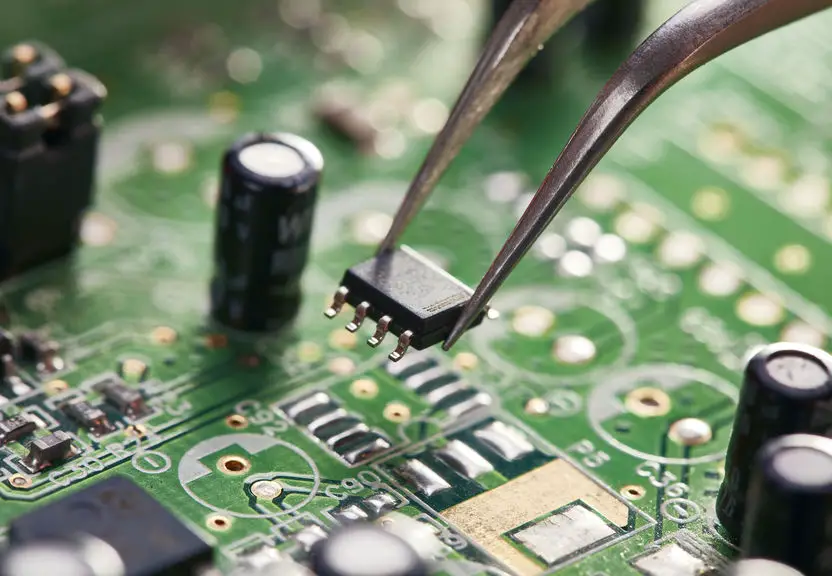
9. Dimmable CFLs
Dimming a CFL is in most scenarios not recommended. Attempting to dim a regular CFL can result in the bulb starting to flicker or even go out.
The reason for this is that the mechanism that starts and keeps the CFL running cannot handle being modulated as it needs a specific voltage and current to function.
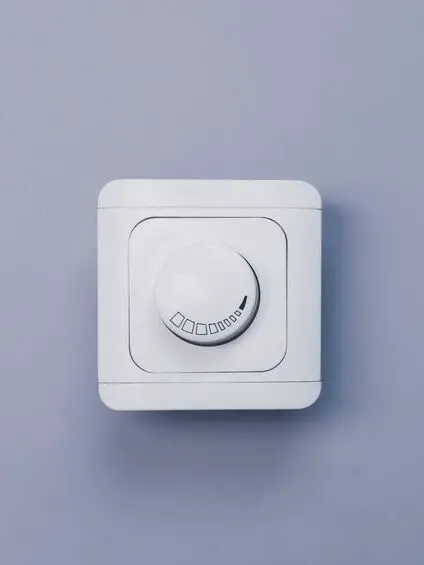
There are however CFL bulbs labelled for dimming which will work with most standard dimmer switches. These dimmable CFL bulbs can be dimmed down to about 20% of the bulbs’ full light output.
They manage to be dimmable due to a more flexible functionality within the ballast of the bulb which allows it to handle a more varied set of currents.
10. Noise
While it is unusual it is possible for a CFL to start making an audible noise. However it is not the actual bulb that makes the noises by itself, it is the ballast within the base of the bulb.
The ballast can make a buzzing sound which comes from the vibration of the magnetic core of the ballast. This vibration occurs when it comes in contact with electromagnetic forces.

